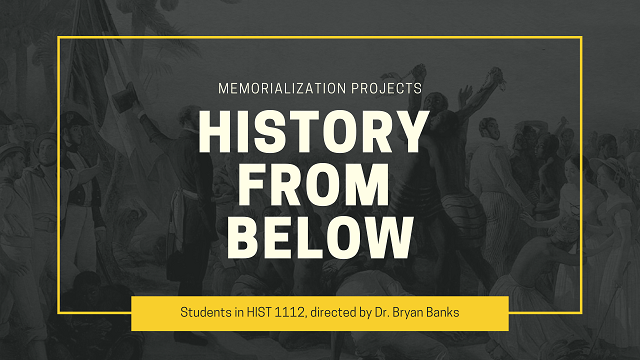
History from Below: Memorialization Projects

Files
Download Full Text (2.0 MB)
Description
We chose our memorial to be in Ouidah, Ghana. It's important because of its history of supplying the new world with African labor, with an estimated 673,759 enslaved Africans disembarking from the Gold Coast. More specifically, it is going to be at the Porte du Non Retour. The beaches of the port are where many Africans had their journey before embarking onto the ships that sent them away. It was the last bit of Africa that they would see before boarding the slave ships. The Porte du Non Retour, or Door of Not Return, is a gateway symbolizing when slaves would walk away from their homeland and never see it again. The memorial would be near this because it shows the conditions that a slave went through during their journey and what they were put through. A common slave route left from the town of Ouidah and went straight to the Porte du Non Retour, which was a distance of three miles. The slaves would walk straight from Ouidah and onto the ship, where they had only a space of five spare feet to themselves, on average.
The design we chose for our memorial is interactive, giving visitors a real representation of how small the ships were that the enslaved people were on. The design is a five-foot squared marked-off area with two bronze statues on either side. Four plaques in front of the space would have each of our four exhibits printed on them and would encourage visitors to lie down in the space to experience what life aboard a slave ship would be like.
Publication Date
2020
Publisher
Columbus State University
City
Columbus
Keywords
Transatlantic Slave Trade, Porte du on Retour, Ghana, Ouidah
Disciplines
History
Recommended Citation
Owen, Samuel; Dyer, Alexandria; Mitchell, Aubree; and Harrison, Makenzie, "Three Captives Memorial at the Porte du Non Retour in Ghana" (2020). History from Below: Memorialization Projects. 34.
https://csuepress.columbusstate.edu/historyfrombelow/34


